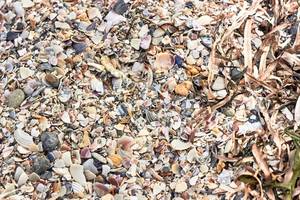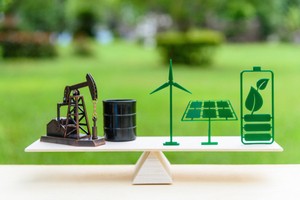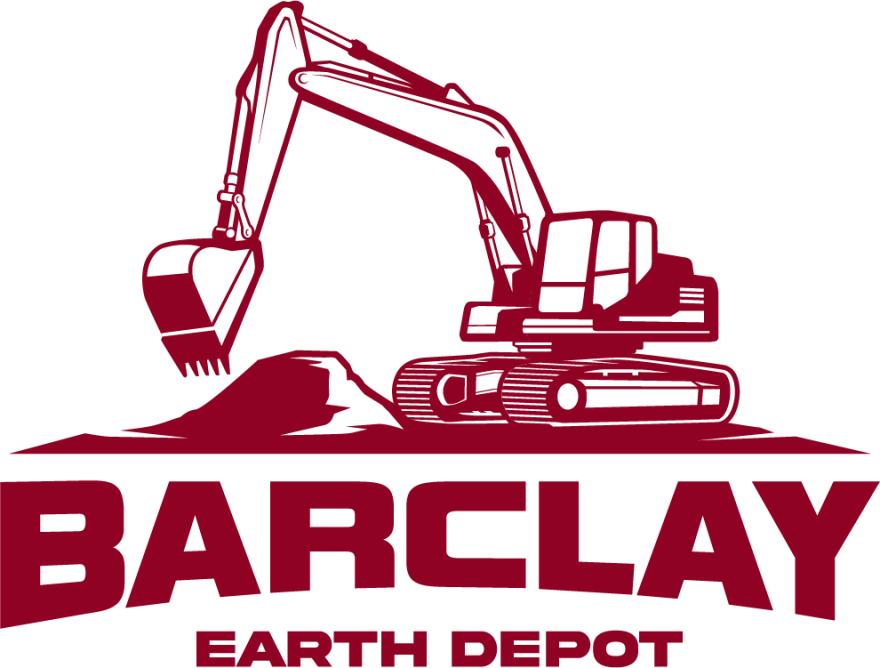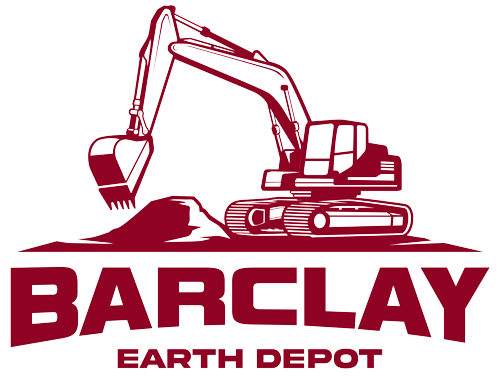Building projects often use many resources; a single house requires a large concrete base, a substantial wood frame and a wide variety of materials inside to define the interior space. Since the materials required in these projects often originate from the destruction of natural resources, many experts within the building industry have considered the use of alternative options to protect the landscape of stone and trees. Shell aggregates offer one such solution for the concrete business.
What Are Shell Aggregates?

If you are unfamiliar with the concrete business, you may not know that when builders mix concrete, the mixture is not a uniform consistency. They often add little pieces of stone, gravel or sand, called aggregates; these bits of other materials serve several purposes. First, added material increases the strength of cement. Rather than one solid mass, concrete comprises many small, interlocking pieces that are hard to break apart. Another positive of aggregates is that they reduce the cost of concrete because adding another material to cement means that a smaller amount covers a larger area.
Shell aggregate is a recent addition to the cement business. This type of aggregate uses crushed seashells to produce a stone-like consistency that builders can use in the concrete they produce. Fine ground shells can take the place of aggregate materials such as sand while larger shell pieces substitute for pebbles in the mixture.
How Aggregate Made of Shells Helps the Environment
In the United States, builders use cement to make everything from foundations to freeways. Because of its ubiquitous presence in almost any building project, concrete’s reliance on unsustainable composite materials has a long-lasting impact on the natural world. The production process for this much-used resource takes a toll on the environment by removing important elements and binding them inertly for our use. Miners must extract stone and sand from the earth, often using machinery that produces greenhouse gasses. After miners remove the material, transport vehicles move it to building sites or storage facilities. This causes a greater environmental impact in addition to the damage caused by removing these aggregates from their natural location.

However, seashells offer a new solution. This material is essentially a waste product, and garbage collectors often spend significant time gathering and dumping it. Experts considered what the impact could be of using this material for building, and determined that opting for seashells as an aggregate would reduce the environmental damage of mining while also recycling an abundant and underutilized resource. Researchers have tested seashells as an aggregate replacement, and determined that they perform similarly to other materials such as stones and gravel.
How Shell Aggregates Are Used
Seashell aggregates essentially replace typical stone aggregates. In any scenario where concrete layers use stone, seashells can be used as a comparable substitute. The primary use of seashell aggregate is to replace less sustainable options. Because of its wide availability, seashell aggregate can also help to decrease the cost of a concrete project, since shell is often relegated to the dump as a waste product where entities are actively attempting to get rid of it.
Another use for shell aggregates is to create a unique look. Even in concrete, little pieces of seashells can be visible, creating an interesting visual effect. Homeowners may consider using the material as a sidewalk or other concrete structure on their property to create the look of a shell-covered beach. Seashell aggregate can add visual appeal to other spaces as well, such as walkways in public parks. While the shell contributes an engaging texture to the concrete, it does not overwhelm the visual or make the concrete work look sloppy. If you are considering using shell aggregates, you can expect a textured and colorfully diverse presentation in your concrete without being worried about the structural quality of the project.
The Experts Can Help You Choose the Perfect Aggregate for Your Project

Choosing the right aggregate for a construction project is one of the many important elements in ensuring that the project goes smoothly and that the final result is lasting and beautiful. While stone and gravel have been mainstays for years, seashells are a compelling alternative to traditional concrete aggregates. Not only can you beautify your concrete surfaces with the aesthetic of shells, but you can also play a part in reducing the environmental impact of concrete by choosing a more sustainable option. The experts at Barclay Earth Depot would be happy to help you understand where your aggregates come from, how to use them and what options may be best for your project. Contact our experienced and helpful team to learn more or to get started with aggregates.

